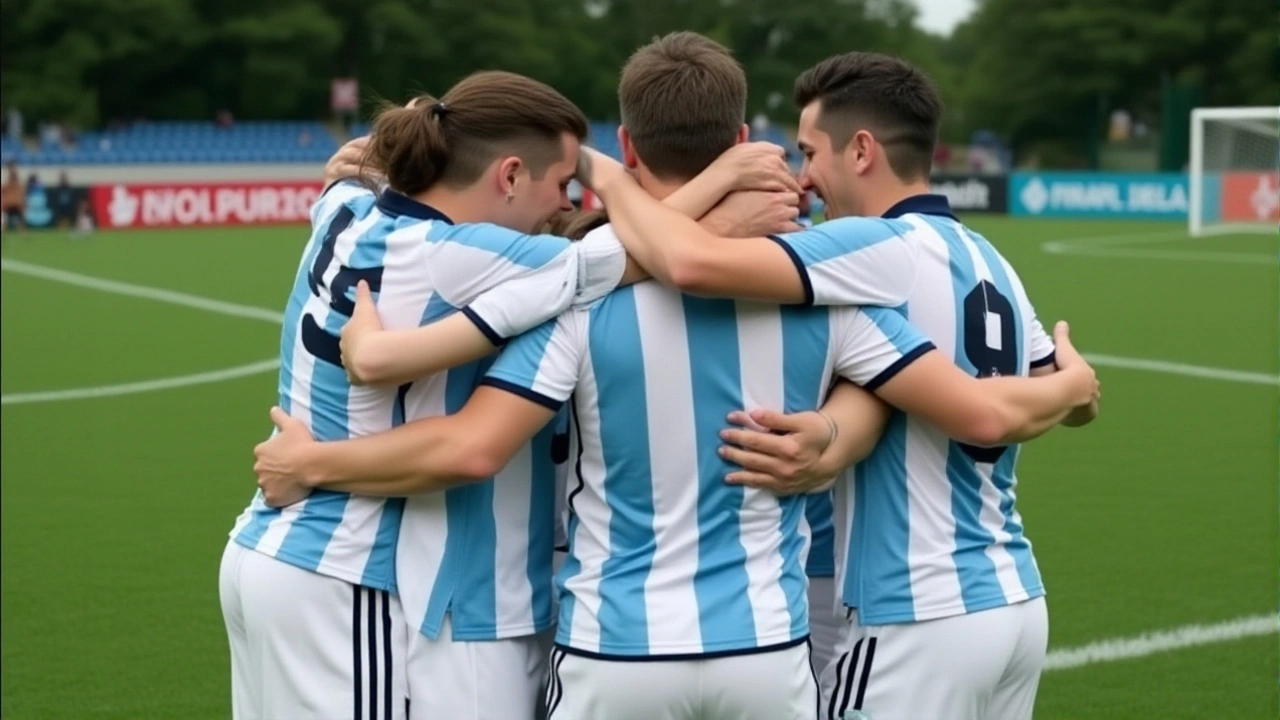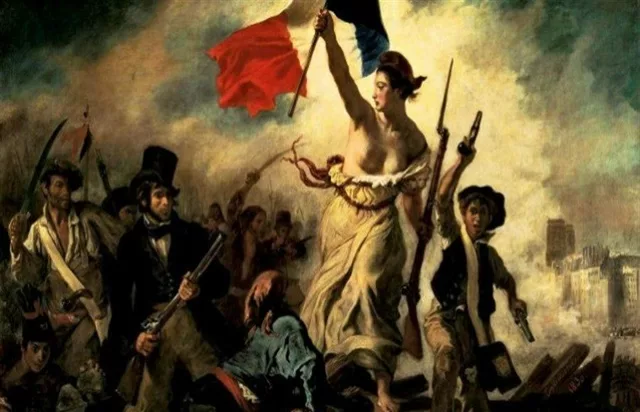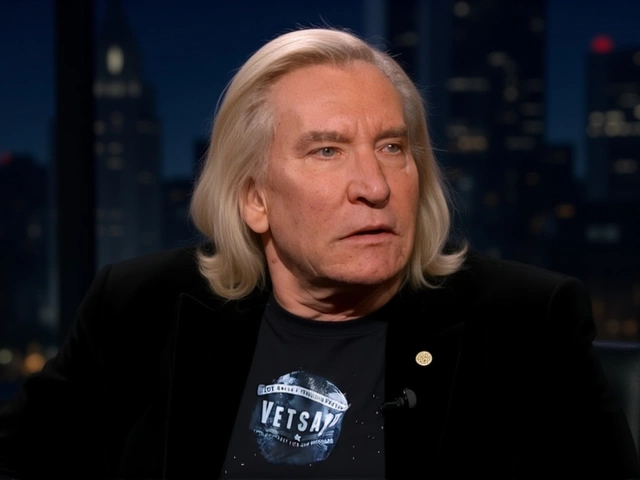
Forty-two national teams have officially secured their spots in the 2026 FIFA World Cup, marking a historic shift in global football as the tournament expands to 48 teams for the first time. The event, set to kick off on June 11, 2026, will unfold across 16 cities in the United States, Canada, and Mexico—the first time three nations have jointly hosted the tournament. As of November 20, 2025, the draw for group stages is locked in for December 5, 2025 at 5:00 PM UK time, with six final berths still up for grabs through playoffs. The expansion isn’t just about numbers—it’s about accessibility, opportunity, and a reshaping of football’s global hierarchy.
Historic Debutants and Underdog Triumphs
Among the most compelling stories aren’t the traditional giants, but the newcomers. Curacao, a Caribbean island with a population under 160,000, has become the smallest nation ever to qualify for the World Cup. Their journey—marked by gritty defense and tactical discipline—defied odds stacked against them. Similarly, Cape Verde, an archipelago off West Africa, punched their ticket by finishing ahead of Cameroon in qualifying, sealing their spot with a 3-0 win over Eswatini. As GOAL.com noted, they’re now the third-smallest nation to appear at the tournament, after Iceland and San Marino. These aren’t flukes. They’re proof that the expanded format is working: smaller footballing nations now have a realistic path to the world stage.
Continental Breakdown: Who Made It?
The distribution of slots reflects global football’s evolving balance. UEFA leads with 16 spots: 12 automatic qualifiers including powerhouses like Germany (21 appearances), France (17), and Spain (17), plus four more determined in playoff paths. Path A pits Ukraine against Sweden, while Path D sees the Republic of Ireland face the Czech Republic. CAF has 9 teams, including Morocco (7 appearances) and debutant Cape Verde. AFC sends 8 teams, with South Korea (12 appearances) and Japan (8) as constants, while Jordan and Uzbekistan make their first appearances since 2006 and 1998, respectively.
South America’s CONMEBOL gets 6 direct slots plus one intercontinental playoff berth, with Brazil (23 appearances) and Argentina (19) all but guaranteed. CONCACAF receives 9 spots total: 6 allocated to non-hosts, plus the three host nations—United States, Canada, and Mexico. Mexico, under coach Javier Aguirre (returning after Jaime Lozano’s dismissal), aims to reach the quarter-finals for the first time since 1986.
The Playoff Crucible: Who’s Left Fighting?
Six spots remain. Three are decided through UEFA playoffs: Path A (Ukraine vs Sweden, Poland vs Albania), Path B (Turkey vs Romania, Slovakia vs Kosovo), and Path D (Denmark vs North Macedonia, Republic of Ireland vs Czech Republic). Two more come from intercontinental playoffs, with Iraq among the contenders. The final spot goes to the winner of the OFC (Oceania) qualifiers, where New Zealand is the favorite. Wales, Northern Ireland, and the Republic of Ireland are still waiting—each one loss away from missing out after decades of near-misses.
Why This Expansion Matters
The jump from 32 to 48 teams isn’t just logistical—it’s cultural. Since 1998, the World Cup had remained unchanged, a relic of an era when global football was more centralized. Now, with more teams, more nations get to feel the weight of the tournament. Broadcast rights, youth development funding, and grassroots infrastructure have surged in countries like Uzbekistan and Cape Verde. FIFA’s revenue model now leans on broader appeal, not just European dominance. The 2026 FIFA World Cup is the first true global tournament in the modern sense—not just in geography, but in participation.

What’s Next? The Draw and the Pressure
On December 5, 2025, the draw will separate the contenders from the pretenders. Host nations are seeded, so the United States, Canada, and Mexico will be placed in different groups to avoid early clashes. But here’s the twist: the group stage will now feature 12 groups of four, not 8 groups of four. That means teams will play only three matches, and the top two from each group, plus the eight best third-place finishers, advance. It’s a system designed to keep the tournament exciting—and to punish underperformance more harshly. Expect chaos. Expect upsets. And expect the underdogs to make noise.
Legacy of the 48-Team Era
This isn’t just about 2026. It’s the blueprint for the next 20 years. The expanded format has already triggered a ripple effect: more qualifying matches, more national team development programs, and a surge in women’s football funding across Africa and Asia. For fans in places like Curacao or Jordan, this isn’t a dream anymore—it’s a reality. And for the giants? They’ll have to work harder than ever to stay on top.
Frequently Asked Questions
How does the new 48-team format change the tournament structure?
The 2026 World Cup features 12 groups of four teams instead of eight, with the top two from each group plus the eight best third-place teams advancing. That means 32 teams reach the knockout stage, but every team plays only three group matches. It increases the chance of upsets and rewards consistency over dominance in a single group.
Which teams are making their World Cup debut in 2026?
Cape Verde and Curacao are the most notable debutants. Cape Verde became the third-smallest nation to qualify, while Curacao—population 158,000—is the smallest ever. Jordan and Uzbekistan also return after long absences, but this is their first World Cup appearance since 2006 and 1998 respectively.
Why is Mexico’s coaching change significant?
Javier Aguirre’s return comes after Jaime Lozano’s poor Copa America performance. Aguirre, who coached Mexico in 2002 and 2010, brings experience and tactical discipline. His goal is to break Mexico’s 38-year quarter-final drought—a run of early exits that’s frustrated fans since 1986.
How do the UEFA playoffs work in 2026?
UEFA has four playoff paths (A, B, C, D), each with two two-legged ties. The winners of each path earn a World Cup spot. Path A includes Ukraine vs Sweden, Path D features the Republic of Ireland vs Czech Republic. These are win-or-go-home games, often more intense than group matches.
What impact does this have on smaller football nations?
More spots mean more investment, more exposure, and more motivation. Countries like Curacao and Cape Verde now have tangible goals. FIFA’s increased revenue-sharing and development grants tied to qualification have already boosted youth academies in Africa and Asia. The World Cup is no longer just for the elite.
Will the expanded format affect the quality of play?
Not necessarily. The group stage’s three-match format and inclusion of third-place teams mean weaker sides get more exposure, but the knockout rounds remain fiercely competitive. The best teams still rise—Brazil, France, and Germany aren’t going to lose to newcomers. But the tournament’s depth and unpredictability will be unmatched in history.


